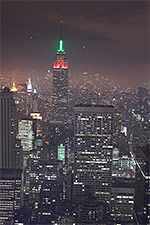 When Microsoft announced the Surface computer weeks ago, anti-Microsoft trolls were quick to frame Microsoft as uninnovative and a copycat. Their arguments included several examples of prior touch computing interfaces including the practical and modest desk shown in the blockbuster movie, “The Island” directed by Michael Bay. Well as it turns out, the interactive desk used by Dr. Merrick was actually a Surface computer, all the way back in 2005.
When Microsoft announced the Surface computer weeks ago, anti-Microsoft trolls were quick to frame Microsoft as uninnovative and a copycat. Their arguments included several examples of prior touch computing interfaces including the practical and modest desk shown in the blockbuster movie, “The Island” directed by Michael Bay. Well as it turns out, the interactive desk used by Dr. Merrick was actually a Surface computer, all the way back in 2005.
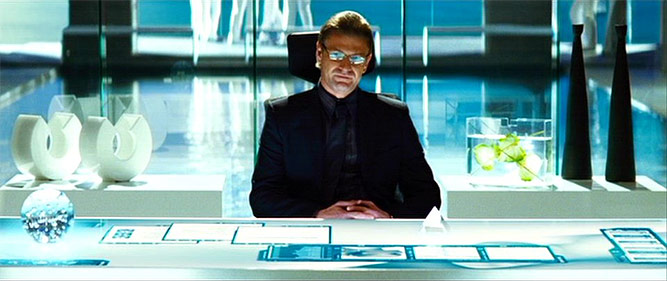
For those of you who haven’t watched “The Island” (check it out) or forgot this particular scene, it depicts an office environment of the future where a traditional desk, equipment and documents are all replaced by a single interactive desk. In the movie, the desk is shown to be touch-sensitive – responding to both hands and objects like a pen or a ‘control diamond’. The entire table is lit with information and one could open, close documents with the control object.

The main actor is also shown sketching on the table inside a ‘Paint’ application with a pen, later it is dragged across the table and rotated so the other person could see. Both people can interact with the desk at once. In itself, a pretty amazing but believable piece of technology for a science-fiction film. Who would have known it was a real product?
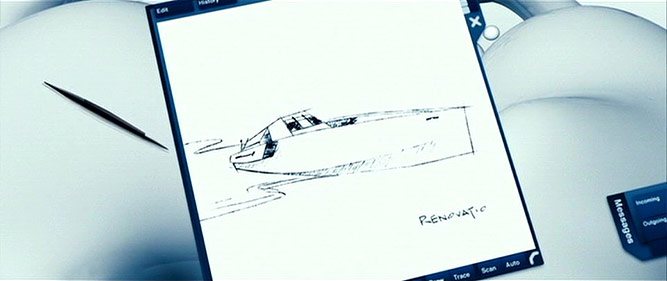
I had a chat with Michael Nguyen who assisted in the production of “The Island”, working on the interior set design, witnessing the Surface first-hand in production.
So how did the Surface fit in? How did you get to acquire such technologies, and how did Microsoft know about the film?
We worked with Microsoft to bring together some of their existing technologies to make them look ahead of its time. We just wanted to wow people with what the future could look like, so we talked with Microsoft and other companies about what they wanted shown. Microsoft was contracted for several product placements in the movie, so they were already involved in the production of the movie.
At that time, when Microsoft approached the production team, what was The Surface like? Was it just a beige box with a screen? How much has it been developed and how much did you have to ‘improve’?
We didn’t do many improvements in-house, it was mainly Microsoft who did their stuff. We just supplied them with information of what we wanted it to achieve in fitting with the plot.
In terms of the interface how much of it was functional?
It begs me to ask then, since Surface came later during the production of the movie, what did the script originally have? A wooden desk with pencils and paper notes?
So there you have it, Microsoft did not copy “The Island”. In fact, that might have been the first ever public demonstration of the Surface technology hiding right under our noses and no one knew any better. I wonder then how many other product placements are actually Microsoft developments? Could the time-machine in “Deja Vu” be one too?
Update: A video of the scene has now been uploaded.
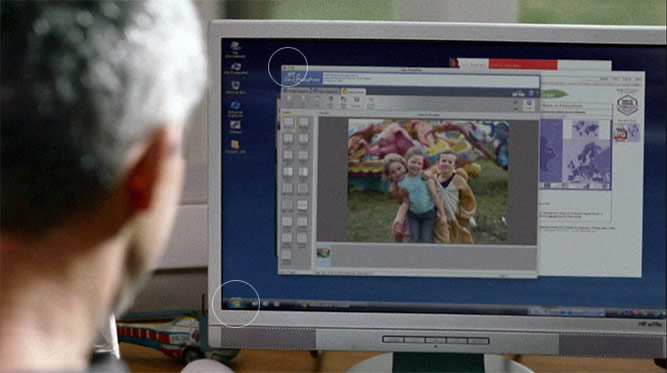
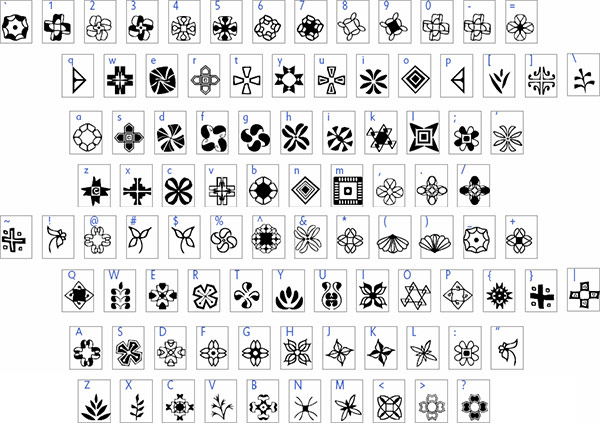
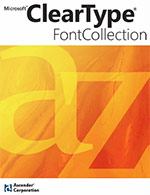 Besides the
Besides the 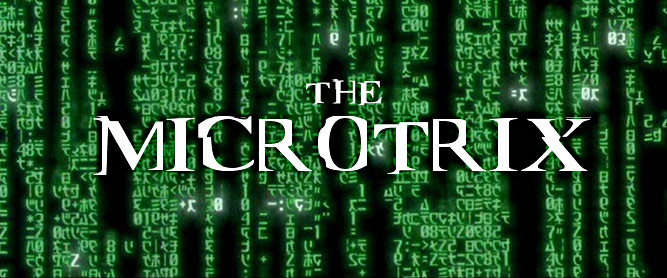
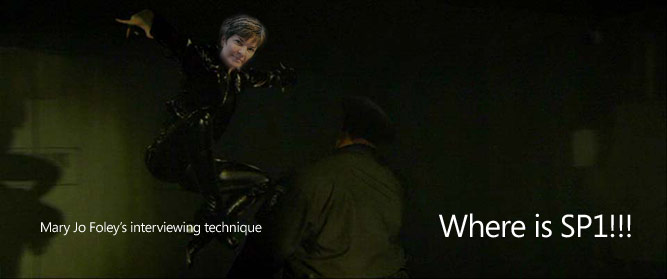
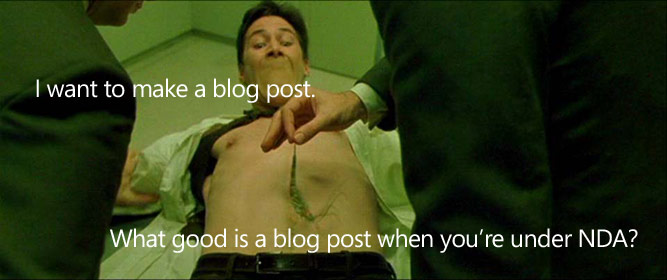
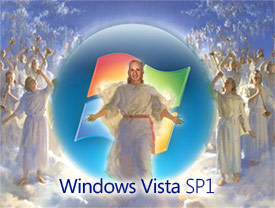
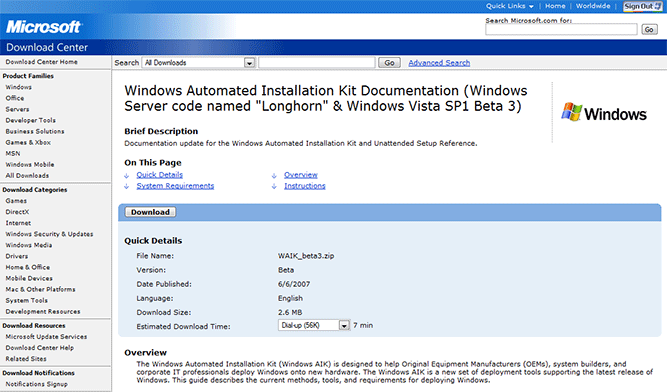

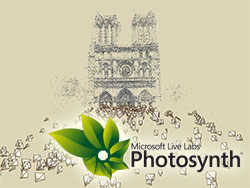 If you’re thinking of taking a picture of yourself exposing some parts of your lower back region in-front of famous landmarks in Britain with the intentions to see it on national TV, then you might have better chances entering in the
If you’re thinking of taking a picture of yourself exposing some parts of your lower back region in-front of famous landmarks in Britain with the intentions to see it on national TV, then you might have better chances entering in the  On top of the BBC’s existing “
On top of the BBC’s existing “